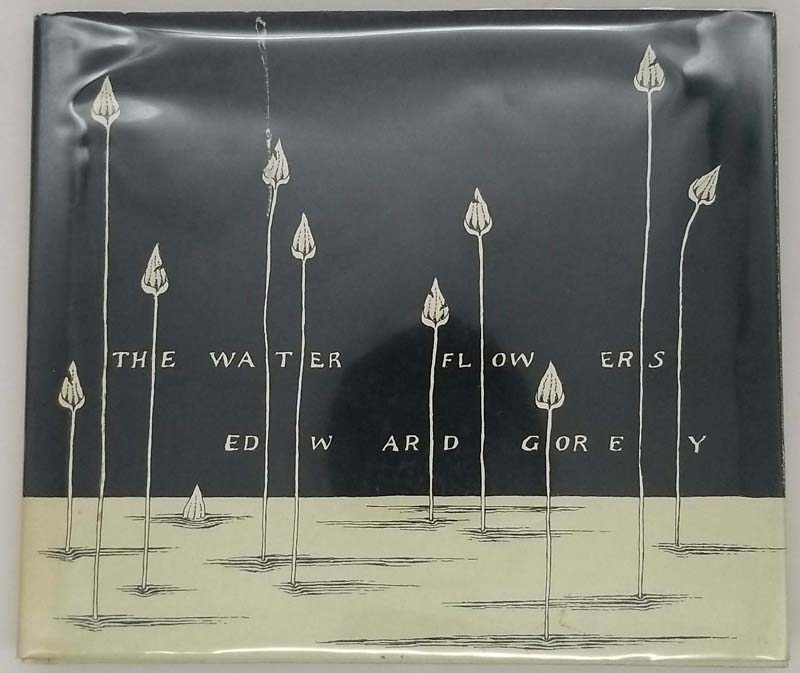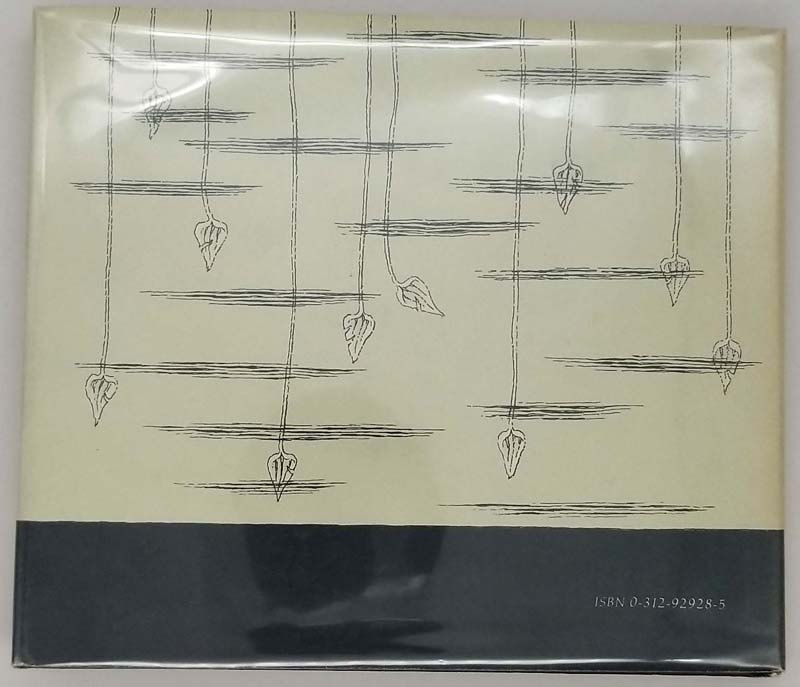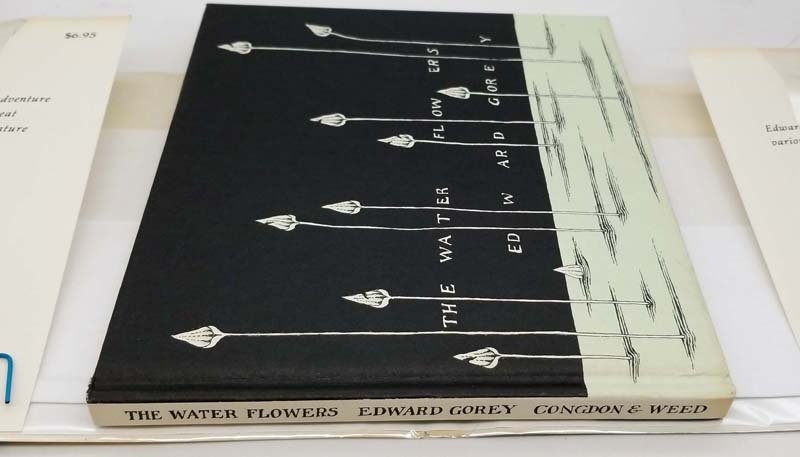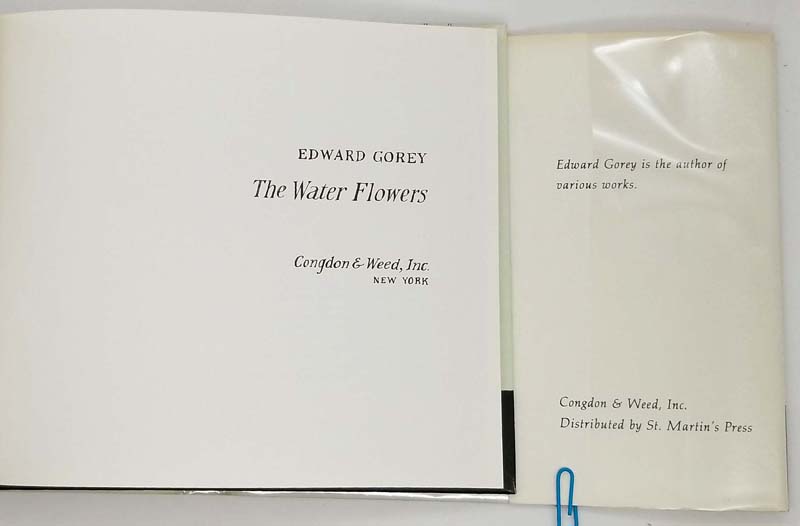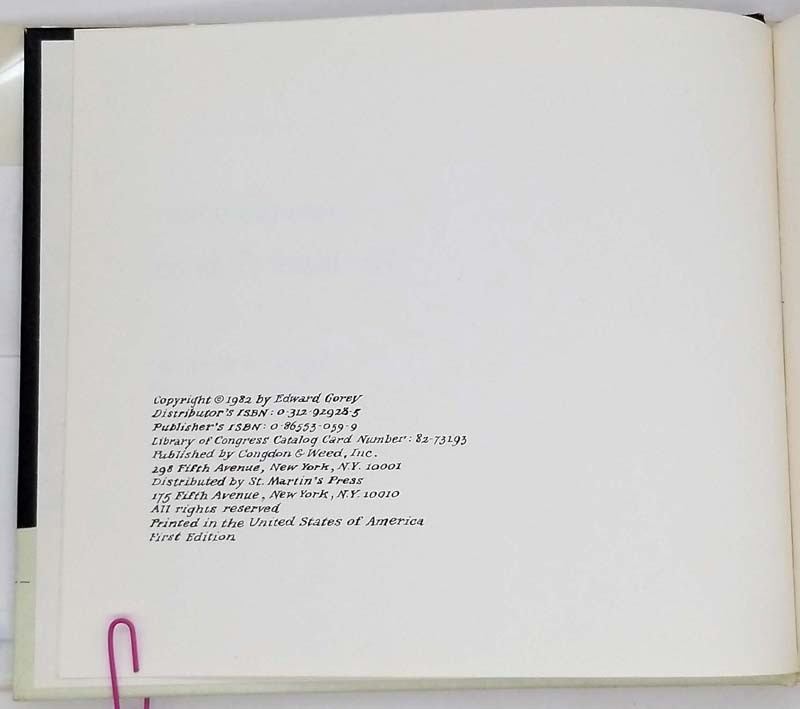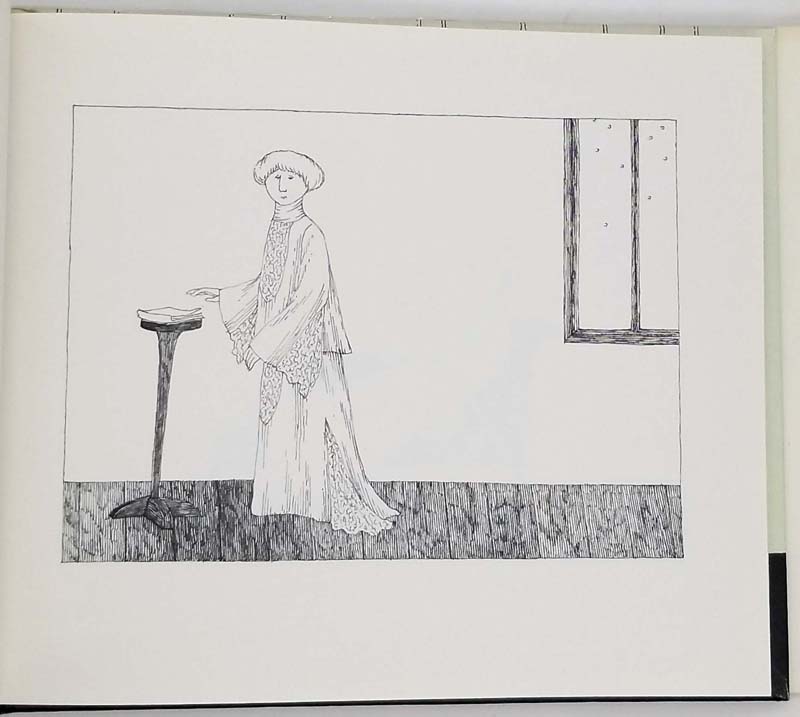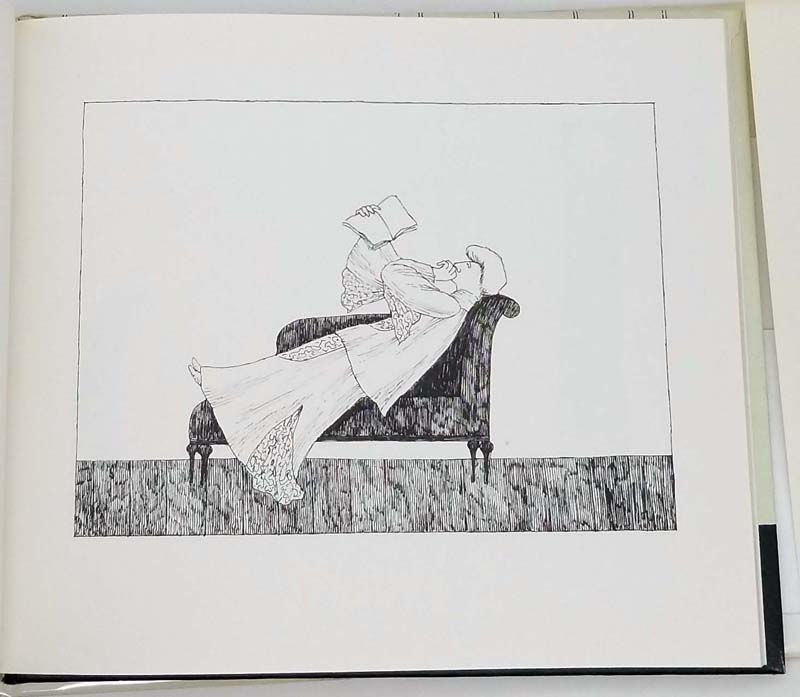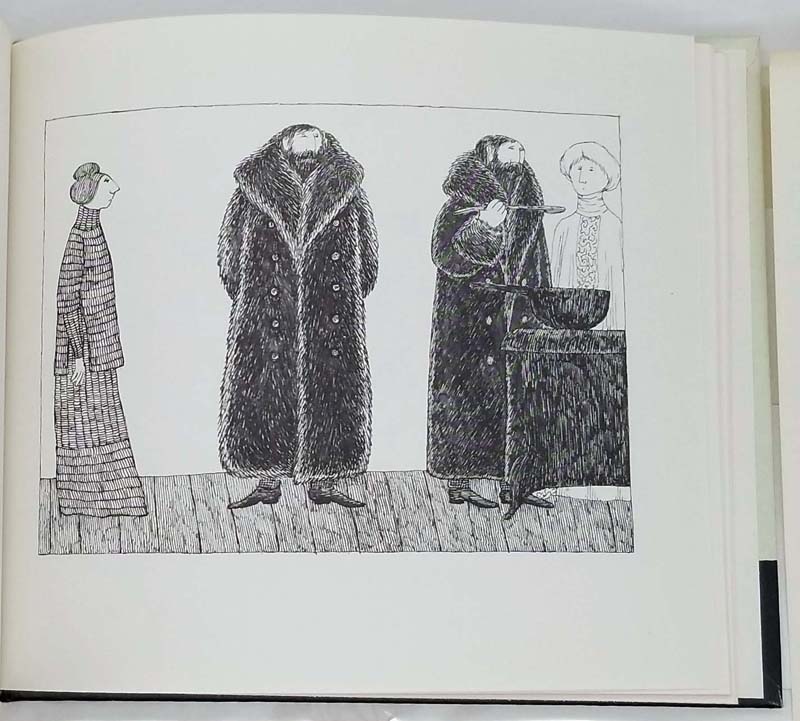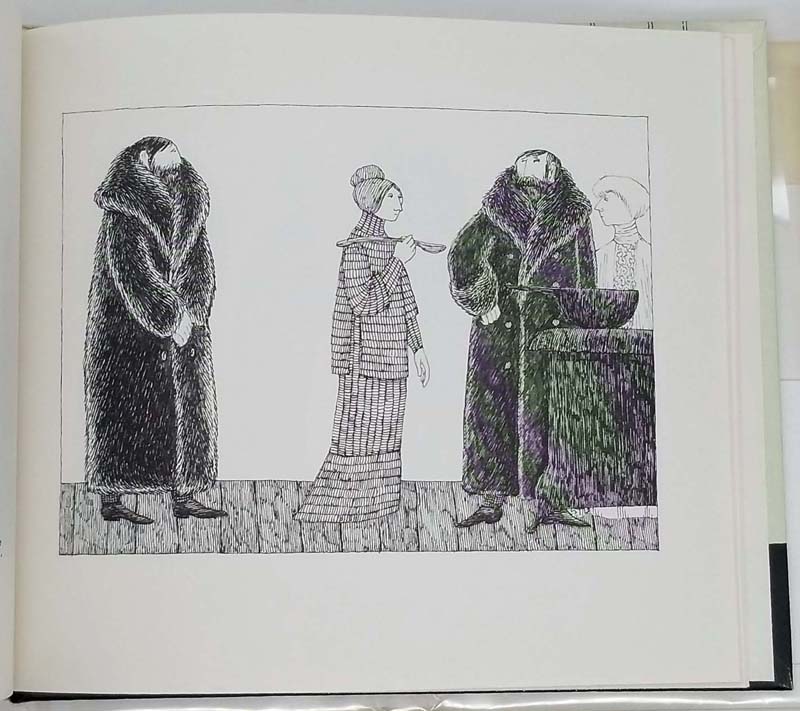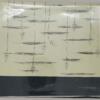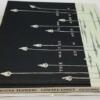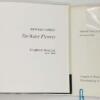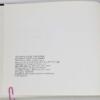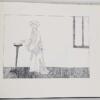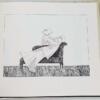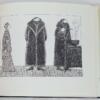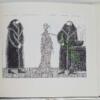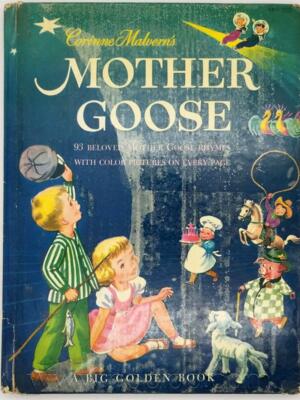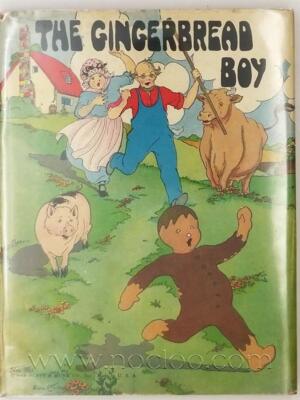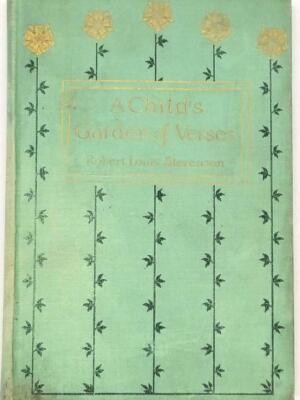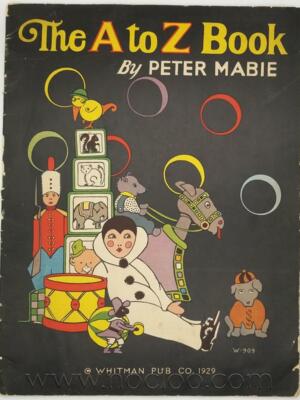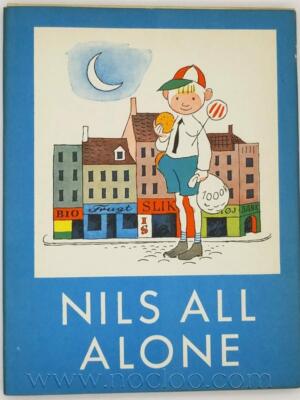The Water Flowers (1982) by Edward Gorey is a distilled masterpiece of the author’s signature gothic whimsy, presenting an elliptical and haunting vignette wrapped in his unmistakable pen-and-ink artistry. This cryptic tale unfolds with Gorey’s characteristic economy of words, where a series of stiffly formal characters—dressed in Victorian mourning garb—encounter the enigmatic “water flowers,” their lives touched by an undercurrent of impending, unexplained doom. The sparse, deadpan narration (“The water flowers were discovered on a Tuesday… By Thursday, Mrs. Fedge was dead”) contrasts with the intricate crosshatched illustrations, each frame a tableau of eerie precision: wilted blossoms, fog-laden ponds, and figures frozen in mid-gesture as if caught in a silent scream.
Gorey’s genius lies in implication. The water flowers, never fully defined, become a metaphor for life’s uncanny interruptions—beauty laced with menace, growth intertwined with decay. As with his finest work (The Gashlycrumb Tinies, The Doubtful Guest), the horror is in the unanswered questions: Is this a parable of ecological dread? A commentary on society’s passive march toward oblivion? Or simply another of Gorey’s mordant jokes at existence’s expense? The book’s power derives from its refusal to resolve, leaving readers to drown in its inky depths.
“Gorey’s world is one where the sinister and the silly dance hand in hand.” — The New Yorker
